Meaning: “also, too, as well” (indicating addition or inclusion of something/someone)
Grammar Point:
「も」replaces particles「は」and「が」to show that something is “also” or “too.” It can be used with nouns, and when repeated (AもBも), it means “both A and B.” Often used to show agreement or to add information.
Formation:
Noun + も
Noun + も + Noun + も (both…and…)
日本語 / にほんご / Japanese
(1) 父も母も働いている / 働いています。
(2) あの女の子はピアノもギターも弾く / 弾きます。
(3) 私はこの色も好きだ / 好きです。
(4) あの医者は韓国語も話す / 話します。
(5) 私も外国人だ / 外国人です。
(6) 私もお腹が空いている / 空いています。
(7) 私もそう思う / 思います。
(8) 私もあの学校で音楽を勉強している / 勉強しています。
ことばと表現 / Words & Expressions
働く【はたらく hataraku】to work
ピアノ【ぴあの piano】piano
ギター【ぎたー gitaa】guitar
弾く【ひく hiku】to play (instrument)
色【いろ iro】color
好き【すき suki】to like
韓国語【かんこくご kankokugo】Korean language
外国人【がいこくじん gaikokujin】foreigner
お腹が空く【おなか onaka】to become hungry
思う【おもう omou】to think
音楽【おんがく ongaku】music
英語 / えいご / English
(1) Both father and mother are working.
(2) That girl plays both piano and guitar.
(3) I also like this color.
(4) That doctor also speaks Korean.
(5) I am also a foreigner.
(6) I am also hungry.
(7) I also think so.
(8) I am also studying music at that school.
ひらがな / Hiragana
(1) ちちも ははも はたらいている / はたらいています。
(2) あの おんなのこは ぴあのも ぎたーも ひく / ひきます。
(3) わたしは この いろも すきだ / すきです。
(4) あの いしゃは かんこくごも はなす / はなします。
(5) わたしも がいこくじんだ / がいこくじんです。
(6) わたしも おなかが すいている / すいています。
(7) わたしも そう おもう / おもいます。
(8) わたしも あの がっこうで おんがくを べんきょうしている / べんきょうしています。
ローマ字 / Roman characters
(1) Chichi mo haha mo hataraite iru / hataraite imasu.
(2) Ano onnanoko wa piano mo gitaa mo hiku / hikimasu.
(3) Watashi wa kono iro mo suki da / suki desu.
(4) Ano isha wa kankokugo mo hanasu / hanashimasu.
(5) Watashi mo gaikokujin da / gaikokujin desu.
(6) Watashi mo onaka ga suite iru / suite imasu.
(7) Watashi mo sou omou / omoimasu.
(8) Watashi mo ano gakkou de ongaku o benkyou shite iru / benkyou shite imasu.







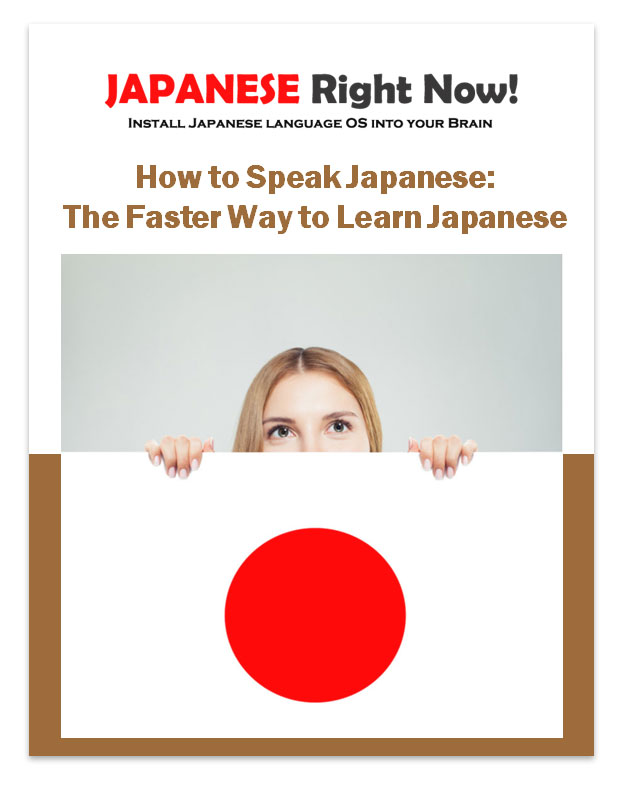
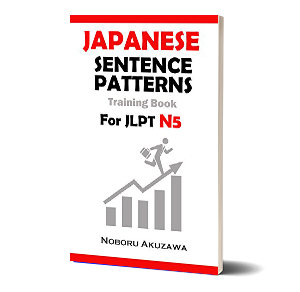
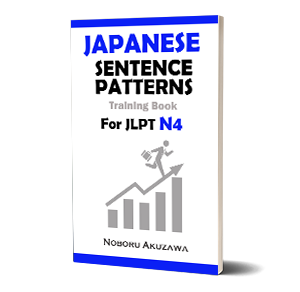
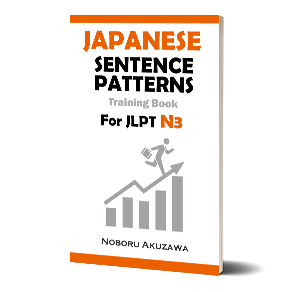
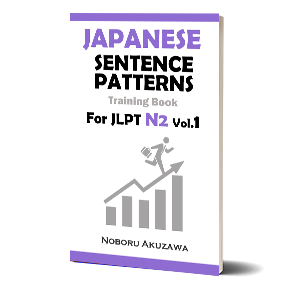
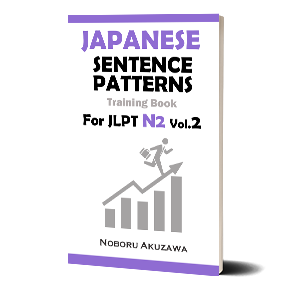

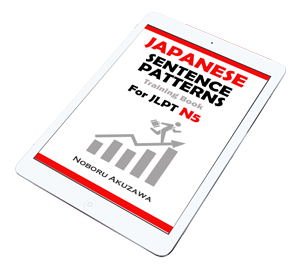
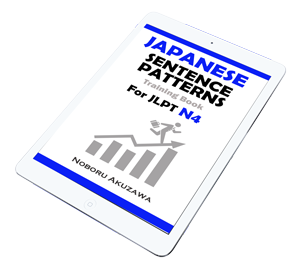
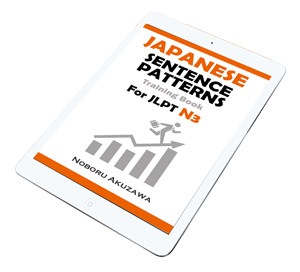

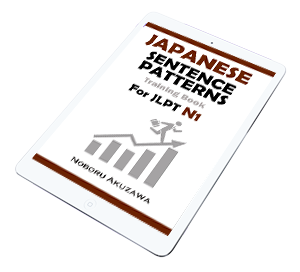



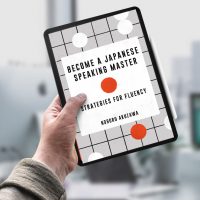



No comments yet.